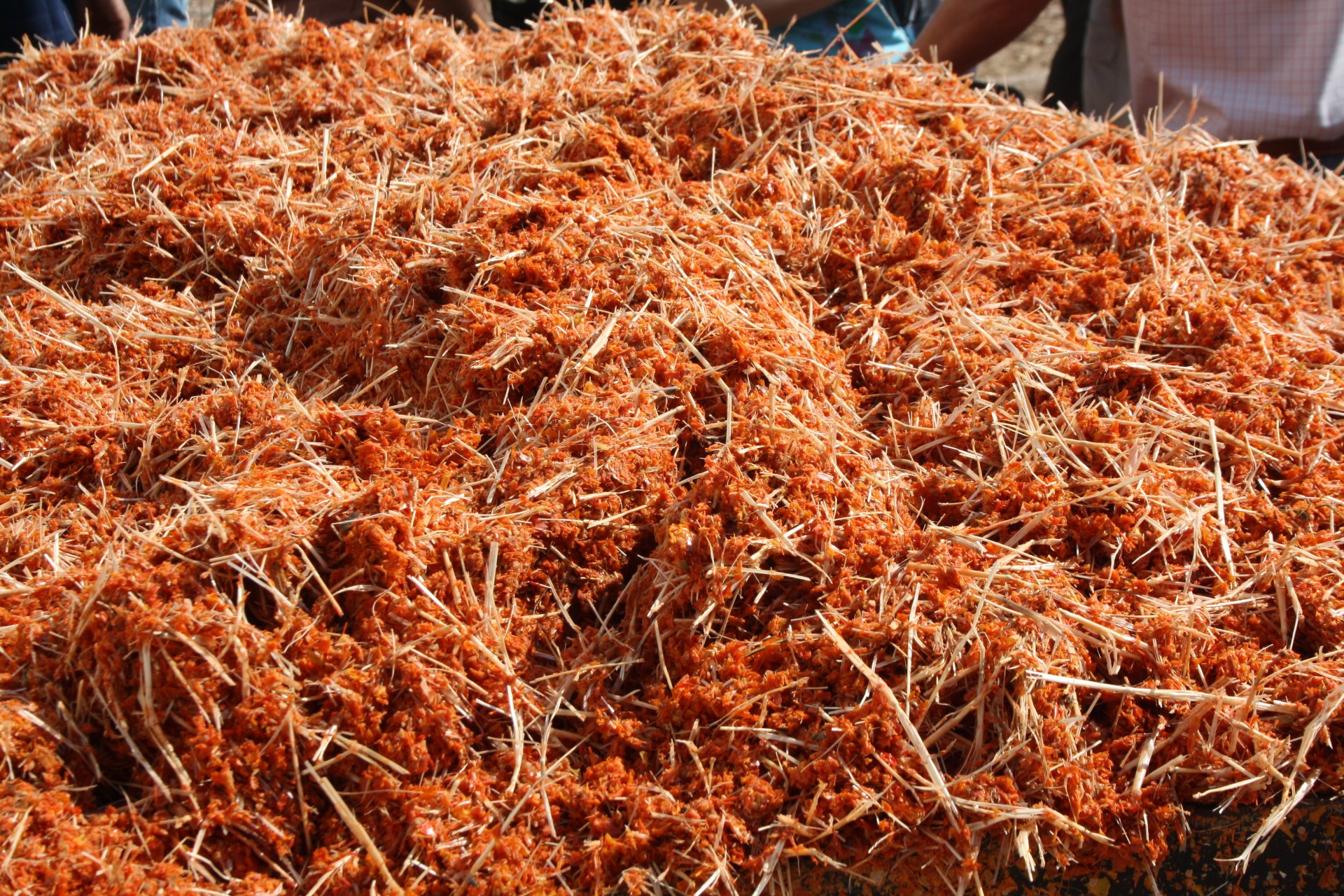
Verata goat
 General information
General information
Goat farming is one of the economic pillars for the rural areas of Extremadura. In this geographical area, goats are not only significant because of their numbers, but also because of their quality, and goat livestock has been always historically and socially associated with the region’s farming activity. Extensive and semi-extensive goat farming in Extremadura focuses on the use of natural resources in mountainous or dehesa areas, where other species such as sheep and cattle would hardly be profitable. The Verata goat stands out for its rusticity and high production potential.
Its name is due to the fact that this breed is mainly reared in the region of La Vera, in the North of the Caceres province. This breed has traditionally occupied the areas where the provinces of Caceres, Avila and Toledo meet, at the Spanish Tagus River Depression. Currently, there are Verata goat farms spread throughout the national territory such as, for example, the provinces of Badajoz, Salamanca and Valencia.
 Endangered autochthonous breed
Endangered autochthonous breed
The main goat breed in Extremadura is the Verata goat. The Official Catalogue of Livestock Breeds in Spain includes the Verata goat in the Group of Endangered Autochthonous Breeds, and it was classified as “Specially protected autochthonous breed” in 2001. An association was created with the purpose of protecting and improving the breed, i.e. Asociación Extremeña de Criadores de Caprino de Raza Verata (Acriver).
 Milk and meat production
Milk and meat production
The purpose of producing the Verata goat is generally dual: on the one hand, the production of kids and, on the other hand, the production of milk, which is mainly used in the cheese industry. However, the high seasonality of milk production has a negative impact on the existing dairy industry.
The most popular commercial meat product is the “suckling lamb”, which is a baby goat feeding on the mother’s milk and slaughtered at the age of 35 to 40 days, with a live weight of 9 to 11 kg. Most of the goat’s milk obtained is sent to make cheese and specifically, La Vera cheese, Ibores cheese, etc.
 CICYTEX’s lines of research
CICYTEX’s lines of research
One of the lines of research that is most interesting for the industry is the optimisation of reproduction management in the Verata goat farms that operate extensive or semi-extensive systems, through the use of pharmacological treatments in order to synchronise rutting. This approach allows to overcome the limitations that the animals’ natural physiology impose and thus minimise milk and meat production seasonality.
In the same line, the reproductive role of rams in the herd is major. In fact, any failure in male reproduction capacity can substantially alter the fertility of the herd. In this sense, the development of a protocol to assess studs has been under study and applied to the field in order to allow the adequate selection of reproductive males based on their morphological and seminal characteristics.
 Animal health: Alternatives to antibiotics
Animal health: Alternatives to antibiotics
Another major line of research which is in high consumer demand as a consequence of the level of social awareness of the increase of antimicrobial resilience, is the search of natural alternatives to antibiotics as growth boosters. This option also prevents the presence of chemical residues in animal products (meat, milk or egg).
Amongst the alternatives are: medicinal plants and their deriving oils, probiotics and postbiotics, and the development of phage therapy.
 Sub-products for animal feed
Sub-products for animal feed
Amongst its projects, CICYTEX also studies the use of sub-products for animal feeding in the agrifood industry, which allows for the use and disposal of the seasonal resources generated by the main industries in our region as a basis for a green and circular economy as well as environmental sustainability.
 New products
New products
The study of other sub-products deriving from the transformation of the Verata goat’s milk and the search for new products (kid feedstuff, yoghurt or goat milk’s custard, etc.) associated to the added value provided by the breed are always ongoing.






